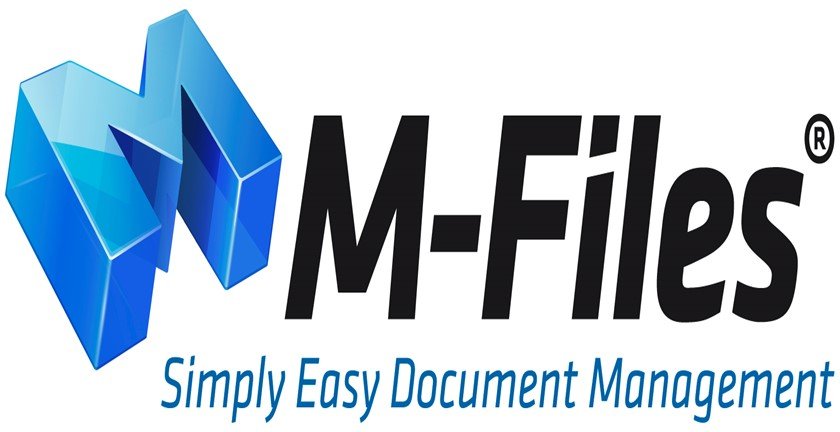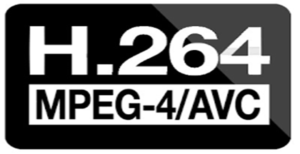Image source: nsisoluciones.com
If you’re planning on implementing digital transformation initiatives in your company, then you should consider the use of m-files. M-file is a document management software that can easily integrate with Microsoft products for effective use.
M-files provides businesses with a platform to improve their performance as well manage business information effectively. The management systems not only convert your documents to digital form but also increase information reuse and reduce redundancy. Let’s look at the pros and cons of using m-files in your organization.
Pros:
1. User-friendly interface: M-file workflow uses a graphical workflow editor that makes it easy to access content with few clicks and customizing the workflow.
2. Easy integration with Microsoft products: You can easily integrate M-files into the office product workflow making it more versatile. It works well with Microsoft office, outlook, windows, and MS SQL.
3. Easy to learn and use: You can easily learn the use of the software and convert the manual processes to digital workflow processes for the office like storage of scanned contract copies.
4. Easy to customize: You can easily set up, implement and customize your workflow according to your preferences. You can also import, export or edit documents through your smartphone.
5. Eliminate paperwork: It allows you to digitize and manage your paper documents. Integration with MS. Office workflow gives you an opportunity to change how you access and read digital documents.
6. Data synchronization: Advanced features of this software allow synchronization of data between locations and connect to an external database.
7. Access rights: It has a powerful access rights management system and a wonderful API. You can create access rights based on document metadata.
8. Search functionality: M-Files use a robust intelligent metadata layer too which can search different databases simultaneously and enable users to easily find content within seconds.
9. Automatically track files: It can automatically track file or document version to easily manage the files and prevent duplication.
10. Cost-effective: M-files gives value for the money spend. The prices are considerable and you can purchase licensing based on your budget or choose the free version.
Cons:
1. Licensing options: Based on the size of the organization, planning for the right licensing option to choose maybe quite a task. Some of the available licensing options give you limited sessions.
2. Require training: Once you implement this software, you need to train your users for their easy daily use. Training of the new users takes time for them to learn the layout and the workflow features.
3. Minimum Learning curve: The advanced features of the software minimize the learning curve. A lot of training material is provided to end-users.
4. Paradigm shift: It is not easy to understand the metadata of m-files and it might take time to get used to the metadata storage system.
5. Limited m-file app: The mobile app has limited ability for creating documents or assignments.
6. Control of cloud environment: If you’re using m-files in the combination of other development projects in-house, you will face a challenge is controlling or developing content on the cloud environment.
7. Difficult to migrating document from network folders: It is not easy to migrate documents from the network folders. An enhanced intelligent Metadata layer (IML) can help to ease the migration.
8. Lack of tech support in the US: Some countries like the US lack technical support. The customer care services have a low response rate.
9. Follow certain format: For the files to work well, you have to follow a prescribed format in storing and installing data files.



